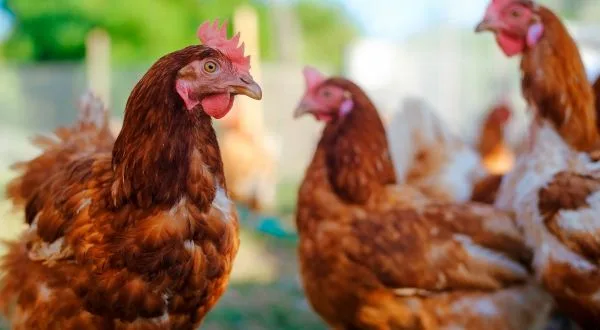
Last year’s closure of chicken processing plants in North Little Rock and Van Buren sparked a few questions in the mind of Jada Thompson, a poultry economist for the University of Arkansas.
Listen:
The poultry industry is vertically integrated, which means poultry companies contract with growers and supply those growers with birds and feed. The growers supply the rest, including barns, electricity, water and labor. The industry is a big deal in Arkansas, which produced 7.35 billion pounds of broilers in 2022, ranking it third in the U.S. broiler production. The critical step between farm and consumer is the processing plant.
Listen:
Thompson said that risk is part of any enterprise and in the case of the plant closures, growers had to figure out what to do with the houses they have to raise birds. Some growers had their contracts switched to a nearby plant. Others’ contracts were bought out and growers were left scrambling to find places to contract to process their poultry to ensure their livelihood.
All of this led Thompson to develop a team of researchers to analyze the risks. The result of this collaboration is the fact sheet Location, Location, Location: Mapping the Risks for Arkansas Broiler Production, which evaluates the risks for poultry producers and lenders by quantifying low, average, medium or high-risk areas. Among the factors the authors identified in determining risk level was the local cost of electricity, the location of feed mills, tax liabilities and the proximity of processing plants.
Listen:
Using these factors, the team developed a map showing areas of highest risk, including Southwest Arkansas and Jefferson County. The lowest risk was in northwest Arkansas, where there is a high concentration of integrators.
This map could reinforce the idea of increased processing plant concentration in the poultry industry, where financial risks are lower. However, Thompson stressed that poultry is a living industry susceptible to biological hazards such as Avian Influenza, Newcastle, or Marek’s disease. These diseases spread rapidly when houses are in close proximity.
Listen:
The fact sheet concludes that having high risk doesn’t mean that a location isn’t a worthy investment, just that there are obstacles a grower could face. Overall, this risk map aims to provide information so that informed decisions can be made.
=————————
Listen:
Jada Thompson #5
. . . contingency or backup plan.
:21
The fact sheet is available under the “Publications” tab on the Cooperative Extension Service website at www.uaex.uada.edu.
(Direct link: https://www.uaex.uada.edu/publications/PDF/FSA85.pdf)
WebReadyTM Powered by WireReady® NSI










